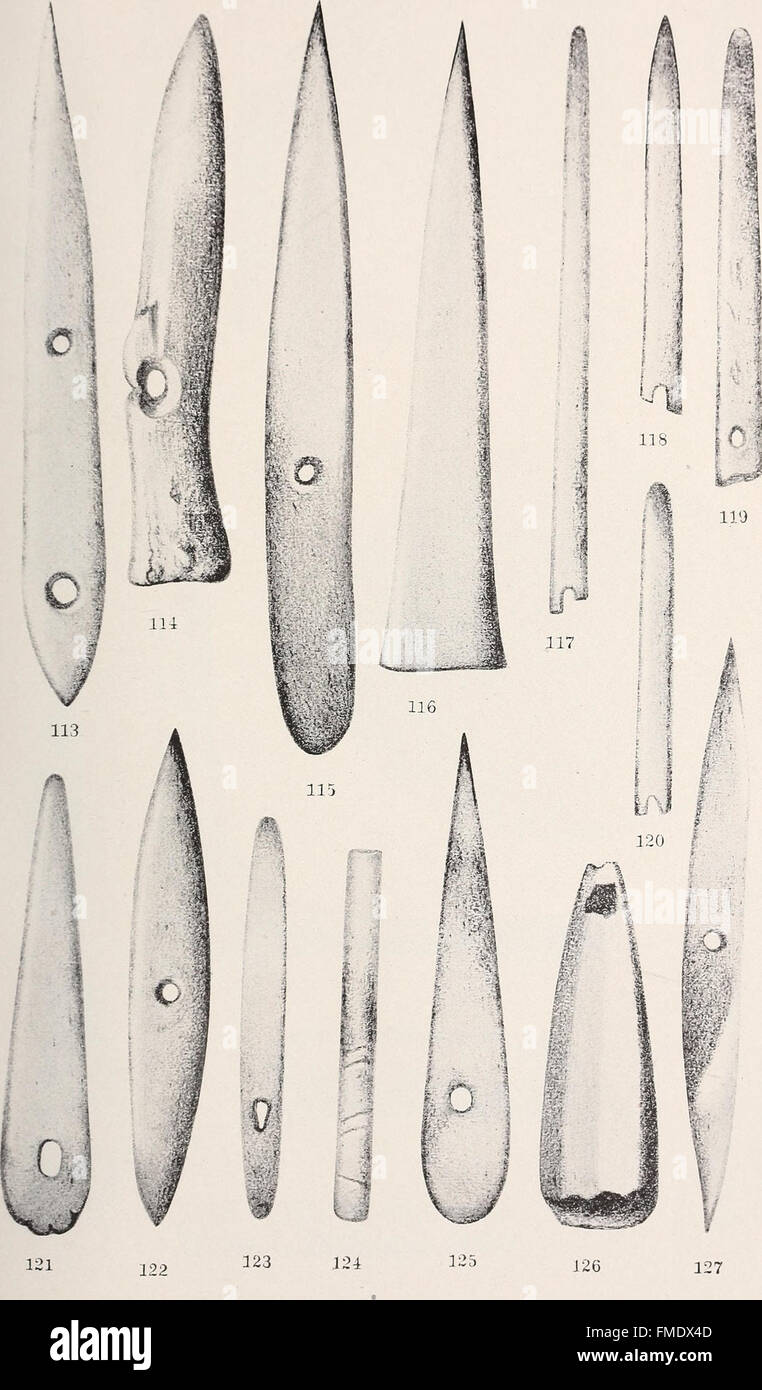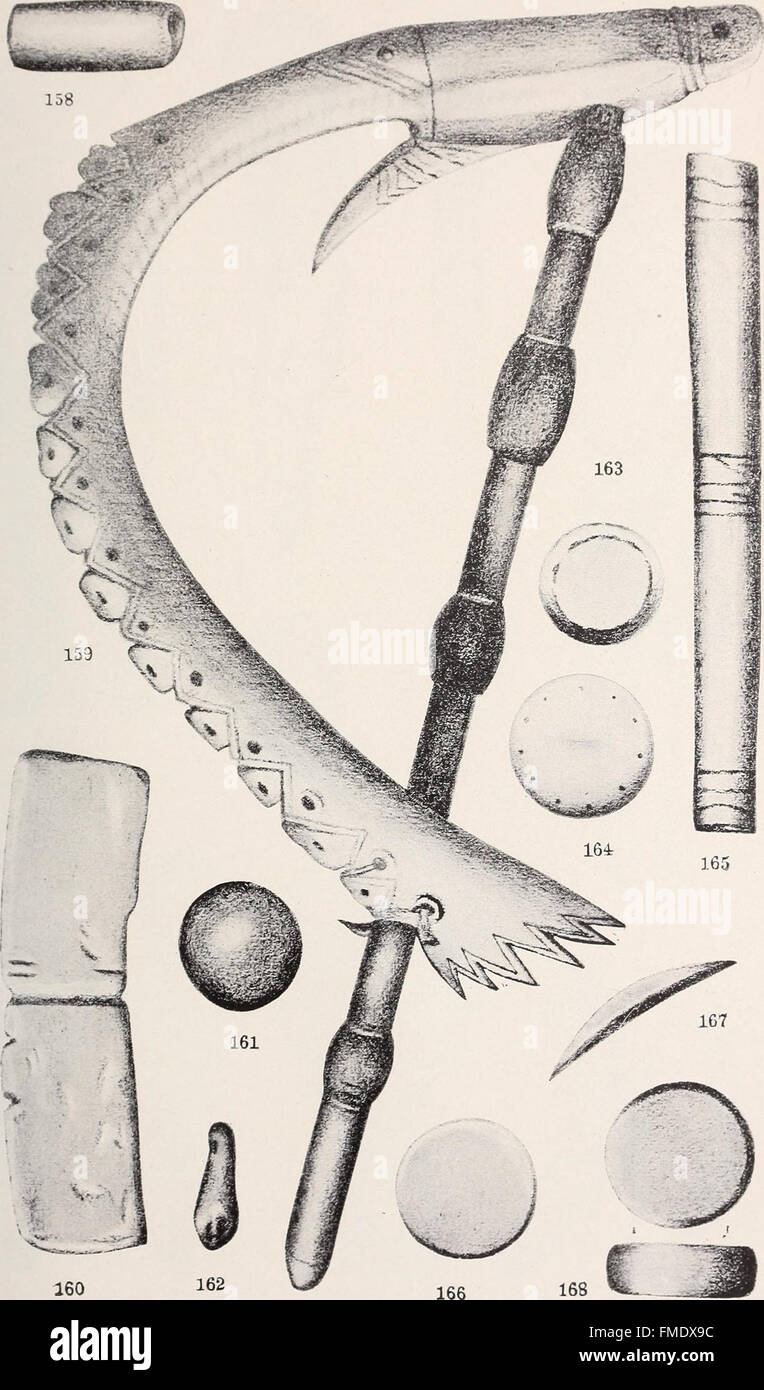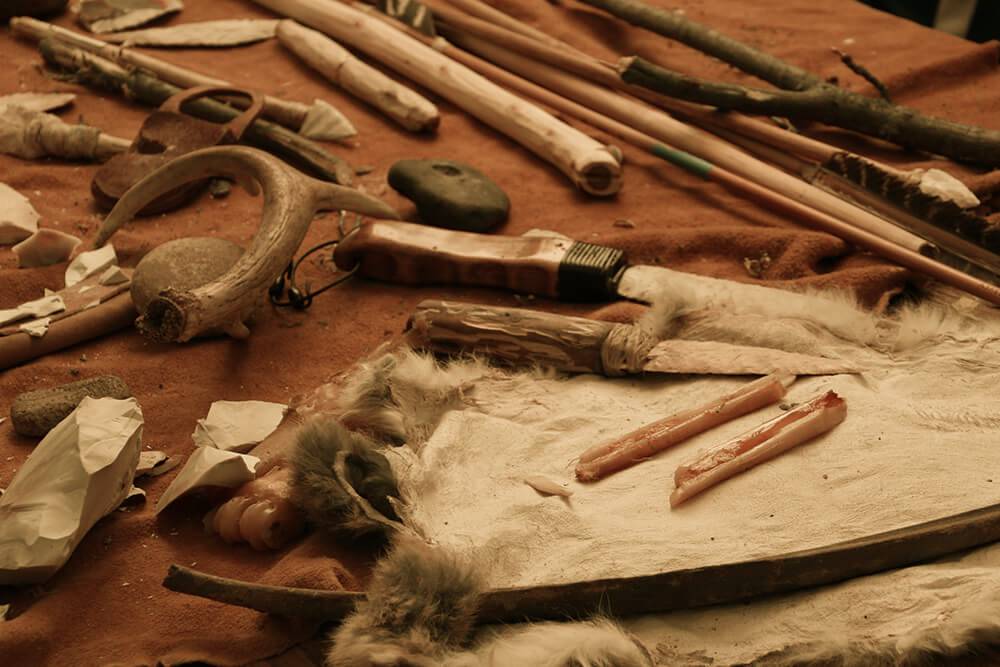
Native American Tribal Bone Tools: Traditional Crafting Implements and Technologies
From the vast plains to the dense forests, the arid deserts to the frigid coasts, Native American tribal societies developed an intricate relationship with their environment, harnessing its resources with profound ingenuity. Among the most versatile and indispensable materials for survival and cultural expression were animal bones, antlers, and teeth. Far from crude implements, Native American bone tools represent a sophisticated technology, born from generations of accumulated knowledge, precise crafting techniques, and a deep understanding of natural properties. These implements were not merely functional; they were embodiments of resourcefulness, spiritual connection, and artistic mastery, forming the bedrock of daily life and enabling the creation of complex material cultures.
The utility of bone as a raw material stemmed from its widespread availability and diverse properties. Deer, elk, bison, bear, and a multitude of smaller animals provided bones of varying densities, shapes, and sizes, each suited for specific applications. Long bones, such as femurs and tibias, were prized for their strength and straightness, ideal for awls, needles, and points. Ribs, with their natural curvature and flat surfaces, were often transformed into scrapers or weaving tools. Scapulae (shoulder blades) offered broad, flat surfaces perfect for hoes or spatulas, while dense antlers provided robust material for hammers, flakers, and digging sticks. Even smaller bones from birds and fish found purpose as delicate needles, fishhooks, or decorative beads. The selection process was meticulous, driven by an intimate knowledge of animal anatomy and the specific demands of the intended tool.
The array of bone tools crafted by Native American tribes was astonishingly diverse, reflecting the varied needs of distinct environments and cultural practices. Awls, perhaps one of the most ubiquitous bone tools, were essential for piercing hides to create clothing, shelters, and containers. Fashioned from sharpened splinters of bone, often from deer or bird femurs, they allowed for precise holes necessary for sinew stitching. Similarly, needles, finer and with a drilled eye, facilitated intricate sewing and weaving, crucial for everything from moccasins to elaborate basketry. The technology behind creating such fine, durable needles involved painstaking grinding and polishing, often using abrasive sands and animal fats to achieve a smooth finish that wouldn’t snag threads.
For processing animal hides into supple leather, scrapers were indispensable. These tools, frequently made from rib bones or the distal ends of long bones, often featured a beveled or serrated edge. They were used to remove flesh and fat from fresh hides and later to thin and soften the leather, a labor-intensive process vital for producing durable clothing and shelter. The efficiency of a bone scraper was critical to the success of hide tanning, a craft central to many tribal economies, particularly among Plains nations who relied heavily on bison.
Beyond clothing and shelter, bone tools played a significant role in food acquisition and preparation. Projectile points, while often associated with stone, were also meticulously crafted from bone and antler. Bone points offered excellent penetration, especially when hardened through specific processes, and could be hafted to arrows, spears, and harpoons. Coastal tribes, for instance, developed sophisticated bone and antler harpoons with detachable foreshafts and barbed points for hunting marine mammals like seals and whales. For fishing, intricately carved bone fishhooks – often barbed and sometimes compound, made of two pieces lashed together – were highly effective, demonstrating an advanced understanding of hydrodynamic principles and fish behavior.

In agriculture, particularly among sedentary tribes in the Southwest and Eastern Woodlands, bone hoes were vital. These were typically made from large scapulae, especially bison shoulder blades, which were hafted to wooden handles. Their broad, flat surfaces were ideal for turning soil, planting seeds, and weeding crops like corn, beans, and squash. The durability of bone allowed for repeated use season after season, making them a cornerstone of agricultural technology.
The crafting of bone tools was a multi-stage process, a testament to the technological prowess of Native American artisans. First, raw bones and antlers had to be acquired, often through hunting, scavenging, or trade. Once obtained, they underwent initial preparation, which included cleaning, degreasing (sometimes by boiling), and drying to prevent decay and improve workability.
The next stage involved shaping the bone, a process that utilized a range of specialized implements and techniques. Percussion flaking and splitting were employed using hammerstones or antler billets to break larger bones into usable segments. For more precise shaping, abrasion was key. Coarse-grained stones like sandstone served as grinding surfaces, gradually wearing down the bone to the desired form. This was a painstaking, iterative process, often requiring immense patience and skill. As the tool took shape, finer abrasive stones and even animal hides with abrasive sands were used for polishing, creating smooth surfaces that reduced friction and improved the tool’s efficacy and durability.
Sawing was also performed using sharp-edged stone flakes or even sinew with abrasive grit to cut through bone. For creating holes, such as the eyes of needles or the sockets for hafting, drilling technology was employed. This could involve simple hand drills with a stone bit, or more advanced bow drills or pump drills, which allowed for rapid, continuous rotation, significantly increasing efficiency and precision. The very creation of these bone tools often required other tools, primarily made of stone, demonstrating an interconnected technological system where different materials complemented each other.
Beyond their utilitarian function, bone and antler tools often carried deep cultural and spiritual significance. The act of transforming an animal’s remains into a tool was a demonstration of respect and a continuation of the animal’s spirit, ensuring that nothing went to waste. Many tools were adorned with carvings, etchings, or symbolic markings, transforming them into objects of beauty and spiritual power. Bone combs, hairpins, flutes, and whistles were crafted with artistic flair, used in ceremonies, storytelling, and personal adornment. These items underscore that Native American material culture was not solely driven by practicality but also by a rich aesthetic and spiritual dimension.
In the Pacific Northwest, for example, bone and antler were essential for woodworking. Adze handles, chisels, and wedges made from antler were crucial for splitting logs and carving intricate masks, totems, and canoes. The hardness and resilience of antler made it ideal for these demanding tasks, demonstrating how tribes adapted specific bone materials to unique environmental and cultural needs.
Today, the study of Native American bone tools continues to provide invaluable insights into ancient lifeways, technologies, and resource management. Archaeologists meticulously analyze wear patterns, manufacturing marks, and material sources to reconstruct past activities and trade networks. Contemporary Native American artisans and cultural preservationists are also reviving traditional bone crafting techniques, ensuring that this profound knowledge and skill is passed down through generations. These modern practitioners emphasize not only the technical aspects but also the philosophy of respect for the animal and the environment that guided their ancestors.
The traditional crafting implements and technologies employed by Native American tribes in creating bone tools represent a pinnacle of human ingenuity. They speak to a sophisticated understanding of natural materials, a mastery of intricate fabrication techniques, and a holistic worldview where every part of the environment held potential for sustenance, utility, and spiritual expression. Far from being mere relics of the past, these bone tools stand as enduring testaments to the adaptability, resourcefulness, and profound technological achievements of Native American cultures, whose innovations continue to resonate and inform our understanding of human history and sustainable living.



